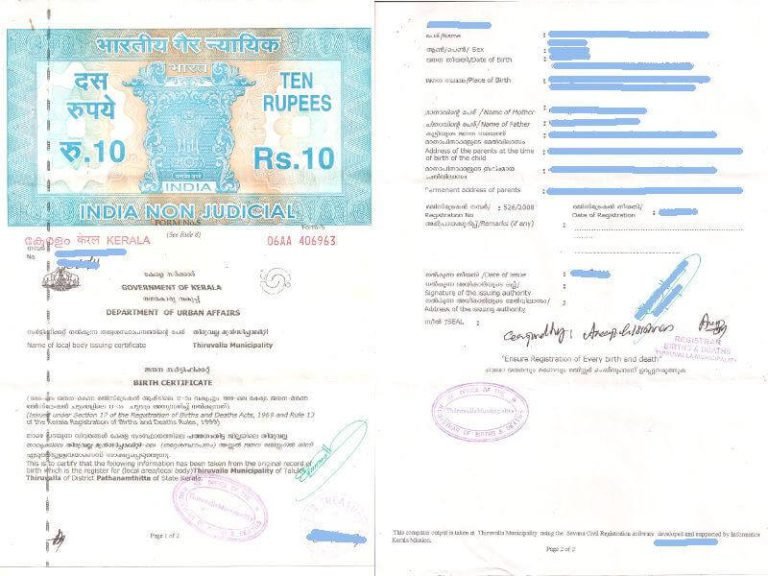DEED OF TRUST
A deed of trust is a legal document used to transfer ownership of a property to a trustee as security for a loan. It is commonly used in real estate transactions such as mortgages.
Easy Process and Documentation
Required Paperwork
- Identity proof of the settlor, trustees and beneficiaries.
- Address proof of the settlor, trustees and beneficiaries.
- Property documents.
- PAN card of the settlor, trustees and beneficiaries.
- Passport size photographs of both parties
- Trust deed.
- Registration fee receipt.
- Power of Attorney, if any.
Process, Service Charges, Time duration
- When you send us your paperwork, our experienced staff will review your paperwork with local government officials to determine the service’s cost, feasibility, and completion date. After a quote has been given, it remains fixed. Location affects project duration and cost. Send us your documents and specific requirements to get a price and turnaround estimate.
- On an average Procurement takes four to six weeks.
2000+ locations Served
Happy Clients 50000+
Averge Google Rating 4.9
India's Most Trusted Legal Documentation Portal
A Deed of Trust is an agreement between a borrower, a lender, and a third party who is named as the Trustee. It’s used to back up real estate deals in which money has to be borrowed to buy the property. A Deed of Trust is like a mortgage, and in some states, it is used instead of a traditional mortgage.
Here, we’ll talk about everything there is to know about Deeds of Trust, so that if you ever need to use one, you’ll be sure of what you know. Read on to learn more about what a Deed of Trust is, how and when to use one, how it differs from a mortgage, and more.
What Is a Trust Deed?
A trust deed is a kind of legal instrument that is comparable to a mortgage on a residence. It ensures the successful completion of a real estate transaction between a lender and a borrower. The easiest way to explain what a deed of trust is and what it does is to say that it is an agreement between a borrower, a lender, and a third person who is referred to as the Trustee.
The operation of trust deeds is rather straightforward: a lender will offer a borrower the funds necessary to acquire a house. A promissory note, which ensures that the borrower will return the loan amount, is given to the lender in exchange for the money borrowed. During the time that the loan is outstanding, the title will be held by a Trustee.
Why Do You Need a Trust Deed?
In states where mortgages are not common, a trust deed is an option that some people choose. Additionally, it can be utilised in situations in which the loan money is not being provided through a conventional bank or lender. Whether you have a mortgage or a Deed of Trust, both are instruments that ensure a loan will be repaid to the person or lender from whom you borrowed the money. Whether you have a mortgage or a Deed of Trust is irrelevant.
Who Are the People in a Deed of Trust Transaction?
There are always three people involved in a Deed of Trust deal. They are:
The borrower (the lender)
The borrower (the Trustor)
The Third Party Trustee (usually a title company that holds the formal title)
The Lender is considered to be the Beneficiary of a Deed of Trust, and the purpose of the Deed is to protect the Lender’s investment.
The person who is actually borrowing the money is the Trustor. The borrower will maintain equitable title to the property even if the legal title is transferred into a trust; however, this will only be the case if payments are made in a timely manner and with consistency. This allows borrowers the ability to continue living in the home while still making payments on the loan, which results in the borrower gaining equity in the property.
The responsibility of the Trustee is to ensure that the borrower continues to meet all of the financial obligations associated with the loan by maintaining legal title to the property. During the time that they are acting as Trustee, they are required to maintain their impartiality and abstain from doing anything that would be to the profit of either the Trustor or the Beneficiary.
What Is the Difference Between a Deed of Trust and a Mortgage?
There are a few ways in which deeds of trust are different from mortgages. Both are ways to make sure that a borrower will pay back a loan, but mortgages only involve the seller and the borrower. As we’ve seen, Deeds of Trust have an extra person called the Trustee.
The main difference between a mortgage and a Deed of Trust is how payments would be handled if they were not made on time. In a standard mortgage, the lender would start the process of foreclosure on the property if the user didn’t make the payments they were supposed to. This would be taken care of in court. Nonjudicial default, on the other hand, is how Deeds of Trust are taken care of.
Some other differences are:
- Mortgages are used in each state.
- Deeds of Trust are only allowed in some states
- Mortgages give both the renter and the seller an equal stake in the property until the loan is completely paid off.
- Deeds of Trust give the formal ownership of the property to the Trustee.
Deeds of Trust and Promissory Notes are connected, but a Promissory Note is a different document that is basically a “promise” to pay back the loan. The borrower signs a promissory note, which spells out the details and rules of the loan, like when payments are due, how much interest will be charged, and how much the borrower has to pay back. A Deed of Trust and a mortgage are both types of promissory notes, from a legal point of view.
FAQS
Even though Deeds of Trust are like the better-known mortgage, many people have questions about them. Read on to find out the answers to some of the most common questions people have about this type of loan.
When a loan is secured by a deed of trust, the person who maintains legal title to the property during the term of the loan is referred to as the Trustee. The majority of the time, trustees will have either of these two roles.
In the event that the property is sold prior to the loan being fully repaid, the Trustee will utilise the profits from the sale to make up to the lender for any amount of the debt that is still unpaid. After then, the borrower receives any residual funds that are available.
If the loan is totally repaid before the end of the loan period or at the end of the loan term, the Trustee is responsible for dissolving the Trust and turning the legal title over to the new owner (the borrower). This occurs whether the loan was paid off before or at the end of the loan term.
When it comes to buying property, you will most likely come across two phrases: title and deed of trust. Although these terms sound similar, they really serve distinct functions and have distinct meanings. The debt secured by the property is referred to as the “Deed of Trust,” whereas the title of the property represents the real ownership of the property.
Yes, you can use a Deed of Trust to sell a house. But if you sell the home for less than you owe on it, just like with a mortgage, you’ll need permission from the lender.
When you close a deal with a Deed of Trust, there are three key papers you need to know about. However, you’ll also sign a number of other documents as part of the process. The three most important ones are:
The Deed
The Trust Deed
The Note of Promise
Just like with a mortgage, the money from the sale of the house will be used to pay off the receiver (the lender), and any money left over will go to the borrower. The Trustee is in charge of making sure the money goes to the right places. And, as we said earlier, the Trustee is also in charge of ending the process by closing the Trust.
A Deed of Trust, just like a mortgage, will include a maturity date that specifies the time at which a loan will be paid off in its entirety. As long as the borrower keeps making payments on time as required by the agreement, the loan will be repaid, and the borrower will become the new legal owner who retains the title to the property.
Whether you use a Deed of Trust or a mortgage to buy a home, the process can seem a bit stressful at times. It is important to understand how everything works. It means you can feel positive about getting through the process, which will make you much less stressed. So, what do you do after you buy a home? You might think about putting the property in a Trust.
Putting real estate in a Revocable Living Trust can be helpful in many ways. First, it gives you safety you wouldn’t have otherwise, but you can still buy and sell as you would if you didn’t have it in a Trust. Some other benefits are:
- Being able to stay out of probate
- Safety from debt collectors
- Saving on estate taxes
Putting your property into a Trust used to be expensive and stressful. But today, online Estate Planning services like those offered by Trust & Will make the process easy, simplified, and best of all, cheap.
Home ownership is always an exciting chance. And when you know about the process and feel confidence in what you know, it makes a situation that could be stressful easier to handle. Whether you are getting a mortgage, a Deed of Trust, or paying off a current loan on your house, the more you know, the more power you have over your choices.
Is there a question that we didn’t answer? Reach out to us today or Chat with a live member support agent!













